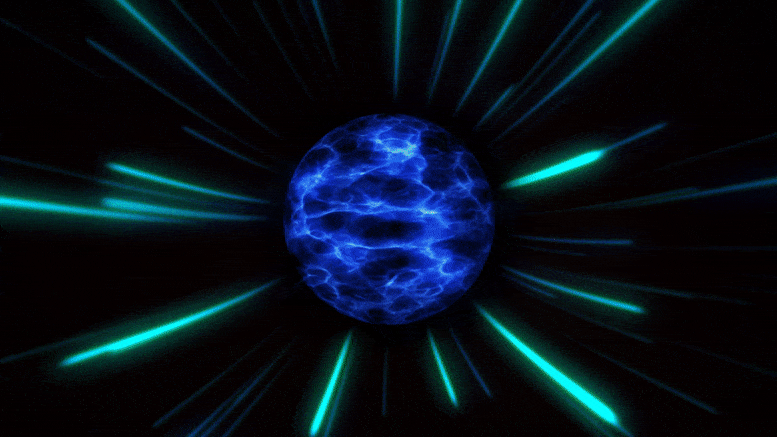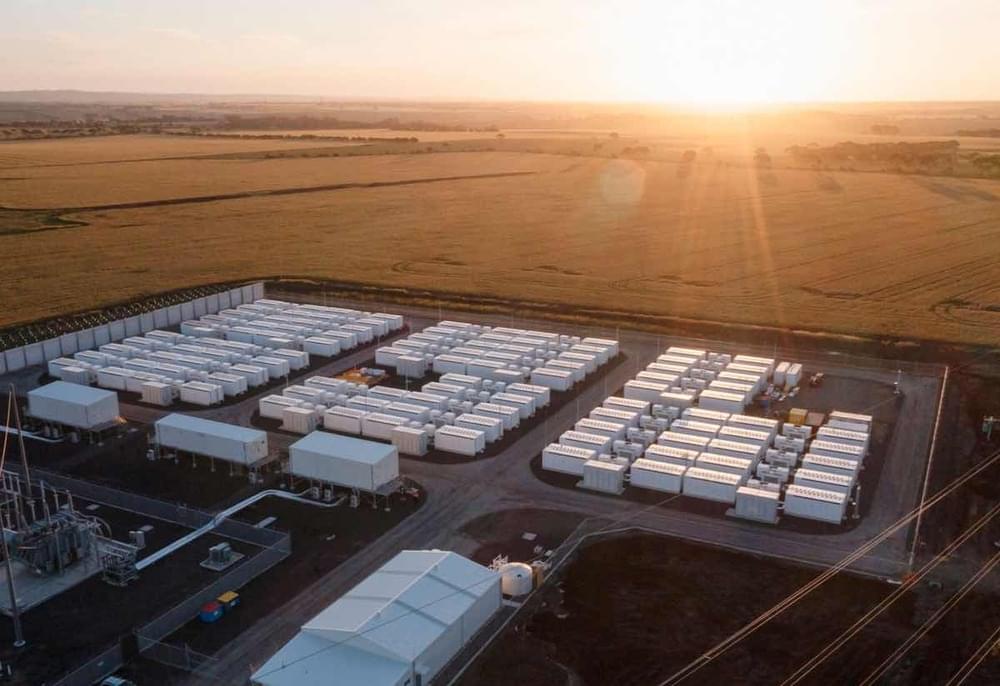New research reveals hints of quantum states in tiny proteins called microtubules inside brain cells. If the results stand up, the idea that consciousness is quantum might come in from the cold.


The Tesla billionaire discussed his split from the singer and producer in a recent interview with Time’s Molly Ball, Jeffrey Kluger, and Alejandro de la Garza for its annual “Person of the Year” issue.
“Grimes and I are, I’d say, probably semi-separated,” Musk told Time. “We weren’t seeing each other that much, and I think this is to some degree a long-term thing, because what she needs to do is mostly in LA or touring, and my work is mostly in remote locations like this.”
Musk explained the situation similarly to Page Six in September, telling the publication that he and Grimes had decided to go their separate ways after three years of dating. He said at the time that they still loved each other and “are on great terms” as they coparented their 18-month-old son, X Æ A-Xii.

Tesla CEO Elon Musk isn’t one to follow rules, particularly when he thinks they’re bogus.
The billionaire likes to envision a world, or perhaps a much smaller society on Mars, in which everybody can do as they please without a greater hierarchy of power.
“If there’s a utopia where people have access to any goods or services that they want, there’s plenty for everyone,” Musk told Time magazine after being named the Person of the Year today. “If we have a highly automated future with the robots that can do anything, then any work you do will be because you want to do it, not because you have to do it.”
In this video I discuss technology shrinking: 2nm IBM’s microchip technology and 1nm transistors from TSMC. What is special about it?
#2nmIBM #2nmChip #1nmTSMC
WATCH NEXT:
➞ Chip Design Flow explained: https://www.youtube.com/watch?v=s9MBHzD9pj0
➞ What is special about Apple’s M1 chip? https://youtu.be/qrbBaaqDhqo.
➞ How to become a Hardware Engineer: https://youtu.be/7z0G_TmErT4
GEAR:
➞ Camera Sony Alpha 7 III: https://amzn.to/3dmv2O6
➞ Lens Sony 50mm F1.8: https://amzn.to/3weJoJo.
➞ Mic Rode: https://amzn.to/3w9PudV
***
➞ Support me on Patreon: https://www.patreon.com/AnastasiInTech.
➞ My Instagram: http://www.instagram.com/anastasi.in.tech/
➞ My Twitter: https://twitter.com/AnastasiInTech.
➞ Subscribe for new videos every week! ❤ And see you in comments.
Dear SRI Friends and Supporters.
Many thanks, to you all, for following and supporting the Space Renaissance during 2021!
We are asking you to keep on doing the next year, and to do more: join the SRI Crew if you didn’t yet, and help us growing our membership world-wide.
All of you are invited to the special event “Goodbye 2021!”, with our president Prof. Bernard Foing. The event will take place next Monday, December 20th, 20:00 UTC.
You can follow it on the live streaming, on the Space Renaissance YouTube channel or, directly taking part to the Zoom meeting: please register yourself using this form: https://spacerenaissance.space/register-to-the-sri-special-event/
During the meeting the SRI President and the Board of Directors will comment the many initiatives we have done in 2021, and present the SRI programme of the next year.
AMD is celebrating five years of Ryzen — and sharing a few details on its upcoming product roadmaps.

Nearly a century after Italian physicist Ettore Majorana laid the groundwork for the discovery that electrons could be divided into halves, researchers predict that split photons may also exist, according to a study from Dartmouth and SUNY Polytechnic Institute researchers.
The finding that the building blocks of light can exist in a previously-unimaginable split form advances the fundamental understanding of light and how it behaves.
The theoretical discovery of the split photon – known as a “Majorana boson” – was published in Physical Review Letters.

SEOUL, Dec 11 (Reuters) — Teen pilot Zara Rutherford landed in Seoul on Saturday from Russia, the first Asia stop on her attempt to become the youngest woman to fly around the world solo.
In August, the 19-year-old British-Belgian departed from Kortrijk-Wevelgem Airport in western Belgium on her 51,000-km (32,000-mile) journey, which is to span five continents and 52 countries, including the United States, Greenland, Russia and Colombia.
“It has been challenging,” Rutherford told reporters at Gimpo International Airport after arriving from Vladivostok in her bespoke Shark ultralight plane, the world’s fastest microlight.

Some of the world’s richest men are squaring off in what’s become a rivalry for the ages — the space race. Elon Musk and Jeff Bezos, the two richest men on the planet and the CEOs of SpaceX and Blue Origin, respectively, have grand designs on the cosmos. They predict a universe where the internet is accessible from anywhere, humans are an interplanetary species, and rotating space stations host permanent residents.
But Bill Gates isn’t putting his wealth into these off-planet endeavors.
Gates, the fourth richest person alive, according to Forbes, has what he considers higher aspirations right here on Earth. While internet constellations like SpaceX’s Starlink and Amazon’s proposed Project Kuiper aim to bring for-profit fixes to the world’s pressing connectivity issues, Gates told CNN’s Becky Anderson on Wednesday that more basic problems consume his time now.

Neoen has doubled the size of its proposed Capital big battery, and started construction, after eyeing emerging market opportunities.
French renewables and battery storage developer Neoen says it has begun construction of a 100MW/200MWh big battery in the Australian Capital Territory, after doubling the size of the project because of emerging market opportunities.
Neoen is Australia’s most successful investor in battery storage, having built the original “Tesla big battery” at the Hornsdale Power Reserve in South Australia, which was then the world’s biggest, and then expanding that facility, adding another at Bulgana in Victoria, and last week opening the 300MW/450MWh Victorian Big Battery, now the country’s biggest.
Now Neoen has begun construction of the 100MW Capital battery, which will have two hours of storage and will be double the size of the battery canvassed in its 2020 tender win with the ACT government.